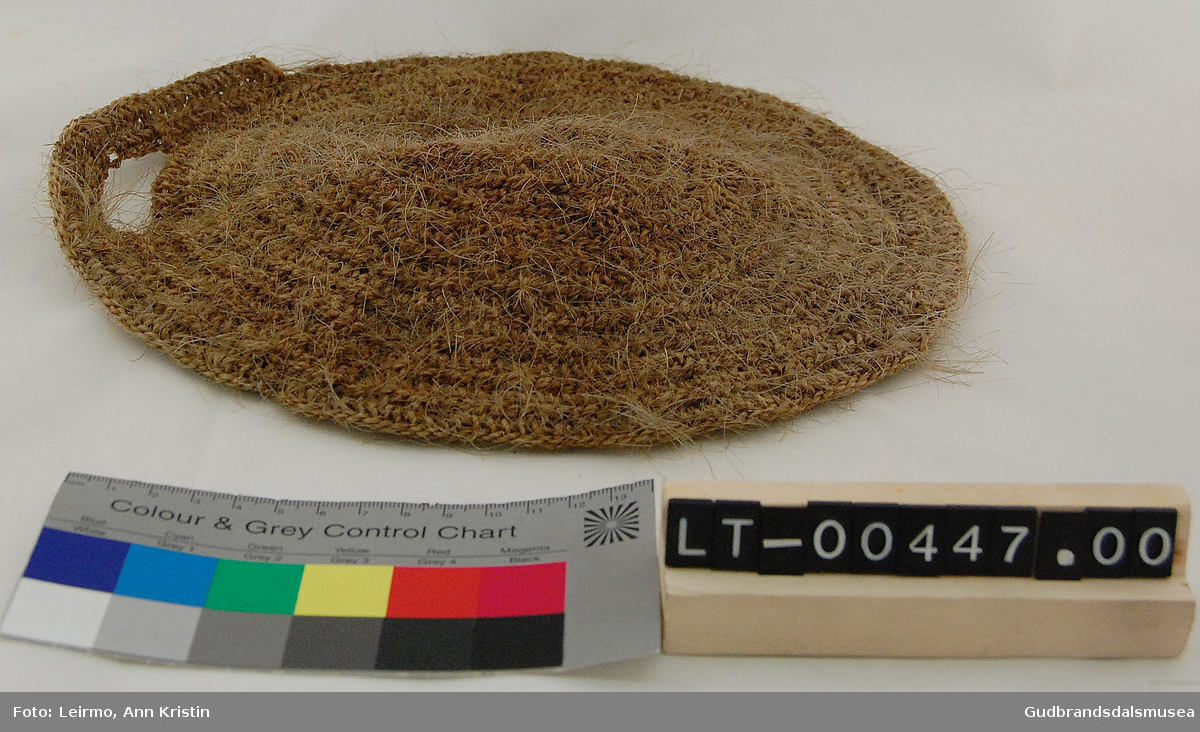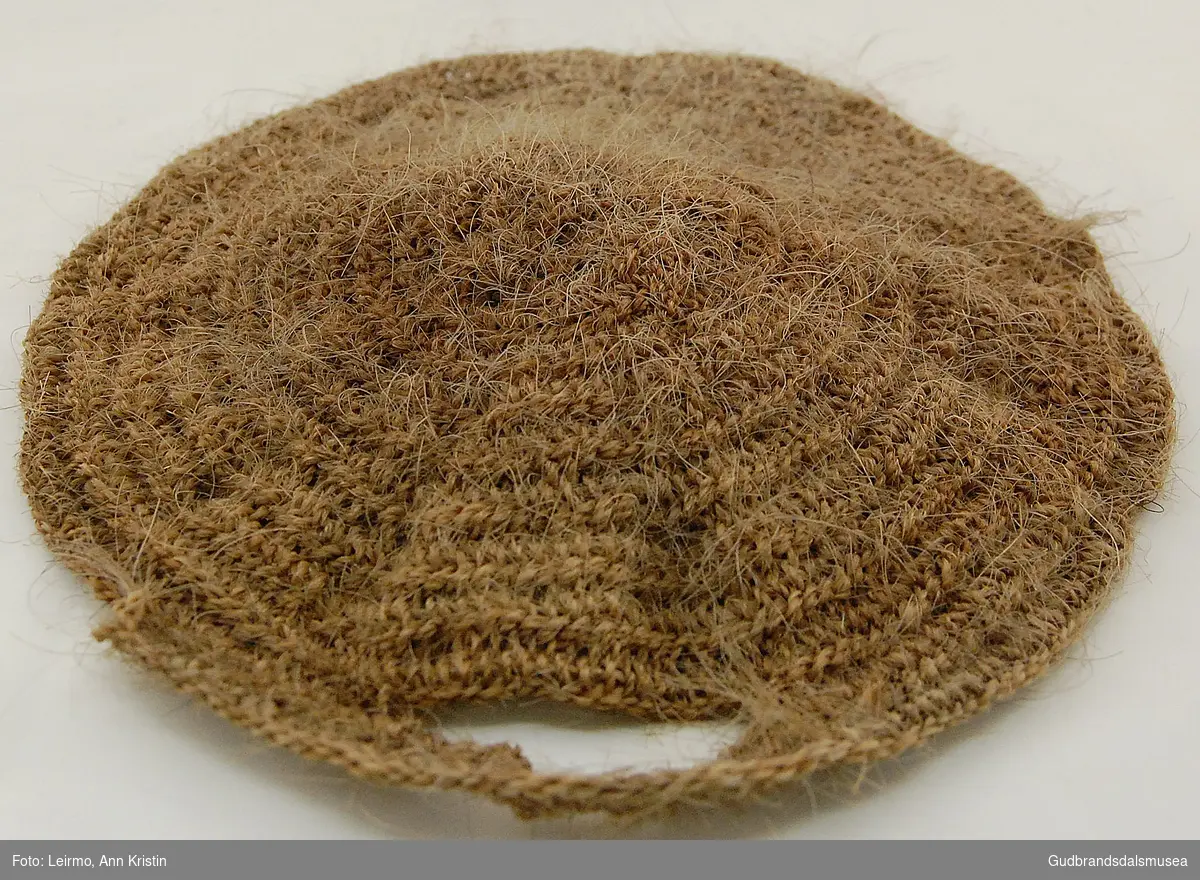Classification
-
- Melkestell (Outline) OU 234
- Bearbeiding (Outline - Tilberedning av mat) OU 252.1
- Tauverk og garn (Outline) OU 283
License information
- License Contact owner for more information
Metadata
- Identifier LT-00447.00
- Part of collection Lesja bygdemuseum
- Owner of collection Lesja bygdemuseum
- Institution Gudbrandsdalsmusea
- Date published August 12, 2014
- Date updated March 21, 2024
- DIMU-CODE 011024380257
- UUID fecc3d1d-a57d-410d-8c56-25f4558c7633
- Tags









3 comments
Maria Neijman, October 17, 2017
Benedicte Friis Furulund, October 19, 2017
Benedicte, I'm afraid that is not a helpful answer. Needlebinding [what I prefer to call it] can have many varying stitch types due to many different factors in the creation process, of course also resulting in varying texture, thickness etc in the finished fabric.
Please see this WIP index for instance:
https://sites.google.com/site/neulakinnas/list
Perhaps one can cross-reference Odd Norland's book Primitive Scandinavian Textiles in Knotless Netting, which lists some milk strainer finds including ones from Gudbrandsdalen (p.46). He does list type of stitch used for the respective find (according to his classification system, yes, there are more than one as you can see in the index above ;)). But he used a different labelling system for finds, than the system used for this find. So is this a new find or simply a re-labelled one? Might there be some kind of museum back-log on location for checking that?
Otherwise, me and many others would be very grateful for a closeup photo of this milk strainer, to better see the stitch textures and possibly resolve the stitch type question that way :)
Eva Bolinder, October 22, 2017
Add a comment or suggest edits
To publish a public comment on the object, select «Leave a comment». To send an inquiry directly to the museum, select «Send an inquiry».